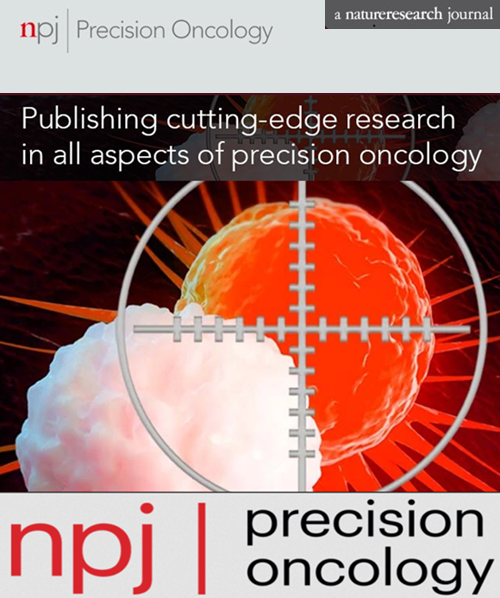在肺癌精确筛查风险模型的比较评估中解释校准的陷阱
IF 6.8
1区 医学
Q1 ONCOLOGY
引用次数: 0
摘要
通过低剂量计算机断层扫描进行肺癌筛查可以降低肺癌死亡率,但可靠的基于风险的参与者选择对于最大化收益和最小化危害至关重要。为此已经建立了多种风险模型,它们的鉴别和校准性能通常基于大规模队列研究进行评估。以最近对10种风险模型的比较评估为例,我们说明了这种评估的优点、局限性和缺陷。本文章由计算机程序翻译,如有差异,请以英文原文为准。
Pitfalls in interpreting calibration in comparative evaluations of risk models for precision lung cancer screening
Lung cancer screening by low-dose computed tomography reduces lung cancer mortality, but reliable risk-based selection of participants is crucial to maximize benefits and minimize harms. Multiple risk models have been developed for this purpose, and their discrimination and calibration performance is commonly evaluated based on large-scale cohort studies. Using a recent comparative evaluation of 10 risk models as an example, we illustrate the merits, limitations and pitfalls of such evaluations.
求助全文
通过发布文献求助,成功后即可免费获取论文全文。
去求助
来源期刊

NPJ Precision Oncology
ONCOLOGY-
CiteScore
9.90
自引率
1.30%
发文量
87
审稿时长
18 weeks
期刊介绍:
Online-only and open access, npj Precision Oncology is an international, peer-reviewed journal dedicated to showcasing cutting-edge scientific research in all facets of precision oncology, spanning from fundamental science to translational applications and clinical medicine.
 求助内容:
求助内容: 应助结果提醒方式:
应助结果提醒方式:


